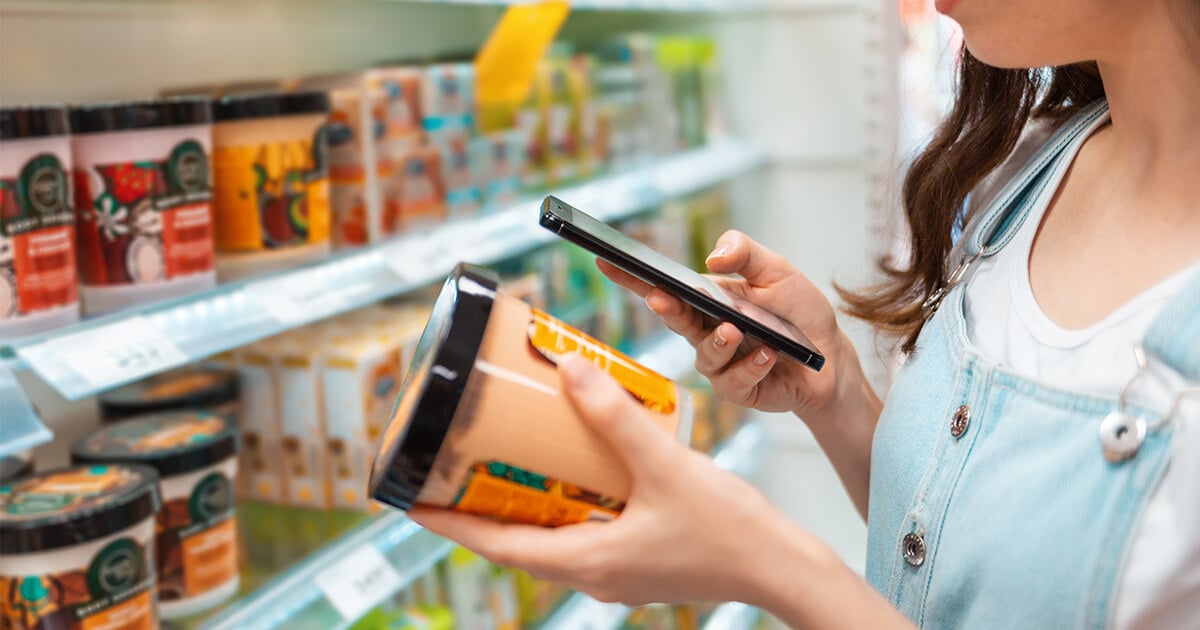
This has created requirements for store systems to have universal views of inventory and customer data, resulting in the need for POS and store systems upgrades, as well as the emergence of mobile for retailers that want to be clear leaders within their segment. A sales associate with a POS-ready mobile device in their hands leads to more floor space for products, real-time insight into data, and the ability to save a sale by putting an “endless aisle” within a matter of a few touch points.
Maintaining these systems brings new challenges for retailers. But before getting into the specifics, let’s look at what exactly we mean by “omni-channel.” It’s important to define the three buzzwords that are often used interchangeably (and many times incorrectly) within the industry:
- “Multi-channel” describes when a customer uses multiple channels to purchase products, such as brick and mortar stores, online, call center, catalog/mail, etc.
- "Cross-channel” describes when a customer uses a combination of different channels for the same purpose. An example would be to configure/purchase at home and then pick-up in store.
- "Omni-channel” describes the use of multiple channels at the same time. An example of this would be using a mobile phone while in-store. It also refers to the streamlining of customer preferences and configurations that may be saved on one channel and accessible in another.
Omni-channel retailing has truly helped to alter the face of traditional POS systems. Formerly, retailers would try to stretch the lifecycle of traditional POS systems by maximizing their warranties, both standard and extended. Now, when faced with the imminent need for an upgrade, retailers have more choices than ever when upgrading their POS systems, such as:
- Docked mobile tablets with wired or BT-capable scanners, cash drawers, and receipt printers
- Fully mobile tablets/devices with complimentary scanner/MSR sleds
- Hybrid store designs with any combination of traditional POS systems, docked mobile tablets, or fully mobile devices
This results in more new (and unknown) technologies for retailers to manage, and a completely different way to facilitate their maintenance. The maintenance for a traditional POS system vs. POS-ready mobile devices/complementary hardware looks and operates differently on many levels. Let’s look at the three most important things to manage:
Customized Repair SLAs
Retailers who use legacy systems are most likely used to same-day, 4 hour window service, with a technician being dispatched directly to a store with parts and tools in hand. However, due to the cost and size of mobile devices, a retailer may opt to place an extra back-up unit in-store, making this level of service unnecessary. Additionally, having this extra unit in-store allows for little-to-no disruption to daily activities and enables the store associate to send the broken unit in for standard or advance exchange repair, which is much more cost efficient. It’s important to note, however, that the most common repair needs of mobile devices are due to customer abuse, not manufacturer defect, so they are often not covered by OEM warranty for issues such as a broken screen.
Therefore, it is crucial for a retailer to find a certified repair facility that can quickly repair these cosmetic issues and have OEM parts on hand to do so. The same goes for all of the complementary hardware such as sleds, especially those with MSRs, where key injection has to take place. Extra legs of freight and vendor touch points can add up quickly, so finding a vendor to consolidate this will make for operational and cost efficiencies.
Operating System Upgrades
For retailers using mobile devices with apps and software designed for use on a specific operating system, proper upgrade maintenance is absolutely vital. Mobile Device Management (MDM) platforms have made this much easier for retailers to manage.
Our partners at AirWatch by VMWare do a great job of allowing IT departments to manage upgrades by store, region, unit, etc. For units that become unusable because of an accidental system change, finding a partner that can quickly reload the devices is key to internal customer service and the retailer’s bottom the line.
Spare Pool Inventory Levels
Consumer mobile devices, such as Apple iPad® or iPod®, will inevitably reach end of life (EOL), and once a version is gone, it’s gone. Even finding spare parts can be a frustrating task. Retailers should keep this in mind when making a significant purchase for a mobile technology rollout and purchase a sufficient amount of spare pool.
What is that magic number? A lot goes into determining what is sufficient, but we have assisted retailers in establishing what this calculation should look like based on YOY repair levels of multiple retailers currently under contract, projected holiday/seasonal usage, etc.
Managing upgrades and maintenance of ever-evolving systems can be a challenge, but utilizing these services can make the difference in ensuring that your customers’ needs are met in the omni-channel marketplace.
If you have any questions about these maintenance services, please contact us.
